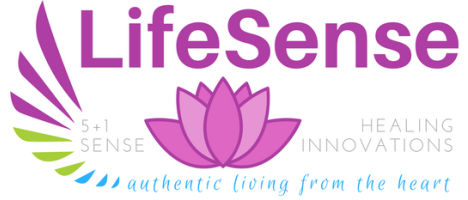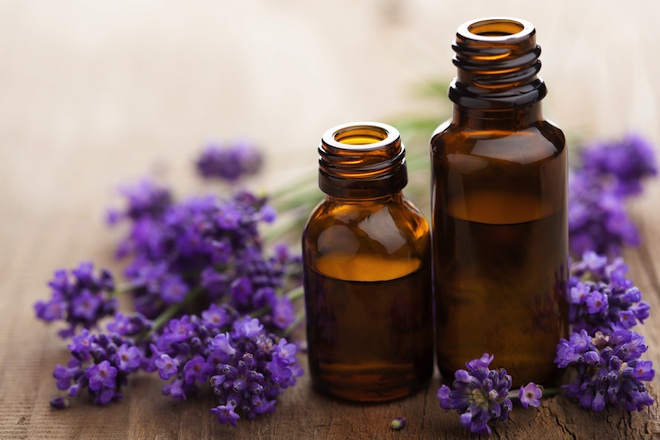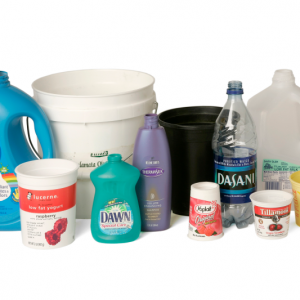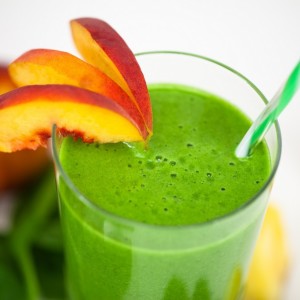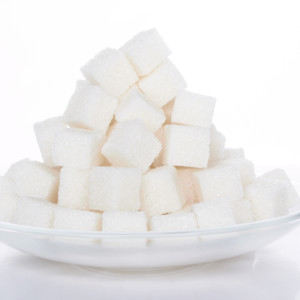Some Facts about Essential Oils
Essential oils are highly concentrated natural oils, extracted from plants, flowers, roots, wood, bark, or seeds, and are widely known for their healing and purifying benefits. Because of their powerful antioxidant properties, essential oils have been used for thousands of years in a variety of different applications including soaps, perfumes, aromatherapy, skincare products, as well as medicinal purposes.
Research shows that the healing value within these oils is remarkable and can be used to treat a number of different health concerns such as arthritis, sore throat and congestion, digestive issues, joint pain, muscle fatigue, stress, and skin conditions—just to name a few!
Since there are hundreds of essential oils, each with their own unique therapeutic powers and health benefits, it’s important to know which ones are the most effective in treating the condition you’re looking to improve. It’s also important to remember to follow the directions carefully before using.
Some Facts about Essential Oils:
- Most essential oils are high in antibacterial, antifungal, and antiviral properties: This makes them an excellent addition to your homemade cleaning preparations. Oils that are best for cleaning are: Lemon, grapefruit, eucalyptus, peppermint, tea tree, lavender, and rosemary.
- Essential oils are miniscule in molecular size, which means they are absorbed well by the skin – making them perfect ingredients in personal care items intended to heal, soften, and nourish. However, they do not accumulate in the body over time – they simply offer up their healing properties and then pass on through.
- Essential oils are wholly natural and cannot be patented; which means that you’ll never see an essential oil in a pharmaceutical drug. As such, you can expect that the vast majority of mainstream healthcare practitioners will never recommend essential oils as therapeutic alternatives to drugs. More importantly, because essential oils cannot be patented, drug companies will not waste money studying them. This limits our scientific knowledge of essential oils GREATLY, and the majority of what we know about them are things that have been passed down through thousands of years of personal use and experimentation.
- There are a few essential oils that are generally recognized as safe to use undiluted. Of course, there has to be a few exceptions to the rule. The only essential oils that are widely acknowledged as safe to use undiluted (sparingly) are: Lavender, German chamomile, tea tree, sandalwood, and rose geranium.
- Essential oils are not really oils. They do not contain the fatty acids that constitute what we would consider an actual oil.
How Do I Use Essential Oils?
Essential oils enter the body primarily in three ways—applied to the skin, inhaled, or ingested. Within each of these, there are many different kinds of application methods. For example, you can apply essential oils topically using compresses, sprays, baths, or massaging them into the skin.
How Do I Choose an Application Method?
The application method chosen depends on the desired effect and the essential oil selected. For example, some essential oils are irritating to the skin because of their chemistry. These would need more dilution or might better be used by inhalation.
Once you have purchased an essential oil, the application method depends on the condition to be treated and the desired effect. For example:
- Wound care most often involves topical applications.
- Mood effects might be addressed by either inhalation or topical application. For fast action, inhalation might be preferred.
- Baths involve both inhalation and topical absorption.
Note: If you are unsure about which application method to use, consult an experienced aromatherapist.
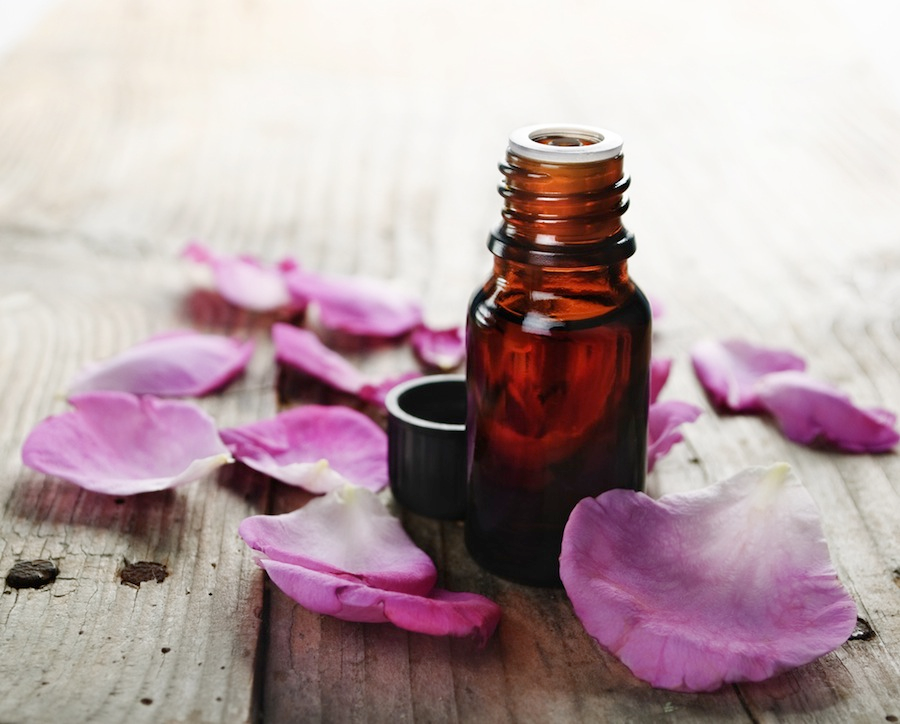
How Can I Inhale Essential Oils?
Essential oils can be inhaled using a variety of techniques and devices.
- Diffuser: Essential oils are placed in this device, sometimes with water (be sure to read the directions), and sometimes with heat so they evaporate. Some diffusers have a timer for convenience. Essential oils should never be directly burned as the chemical structure is dramatically changed with incineration (Buckle, 2003).
- Dry Evaporation: Several drops of essential oil are placed on a cotton ball or tissue and allowed to evaporate into the air. If you want an intense dose, sniff the cotton ball. If a milder, more constant exposure is desired, simply keep the cotton ball in your immediate vicinity (for example, leave it sitting on your desk next to your computer).
- Steam: Drops of essential oil are added to a bowl of steaming water, which quickly vaporizes the oil. Place a towel over your head and over the bowl of water with essential oil drop(s) and breathe deeply. This method is very direct and potent—the use of more than 1-2 drops may be overwhelming. It is important keep the eyes closed when using this method. The use of eucalyptus essential oil in this way can feel helpful with upper respiratory and sinus infections Note: This is not recommended for children younger than 7 years old. Children older than 7 who use this method of aromatherapy can use swimming goggles to protect their eyes.
- Spray: Drops of essential oils are placed in a water-based solution, shaken, and sprayed into the air in order to deodorize a room or set a mood. An example might be spraying an aqueous solution of pine or citrus oils to enhance holiday feelings or a solution of peppermint oil to stimulate alertness. It is important to shake the bottle before spraying in order to spray the solution and not just water.
How Do I Apply Essential Oils Topically?
Essential oils can be applied to the skin using a variety of techniques. It is important to note that most essential oils can not be applied directly to the skin without being diluted.
How Do I Prepare a Solution?
As a rule of thumb, essential oils should be diluted in a carrier substance (vegetable or nut oil, or water) at no greater concentration than 3-5%.
That means if you have one teaspoon (5cc) of carrier, you would add 3 drops of pure essential oil. This would make a 3% solution that could be used on a portion of the body.
For massage or for application over large areas of the body, a 1% solution (meaning, one drop of essential oil in one teaspoon of carrier) is generally a safe concentration. For infants, using a 0.25% solution is recommended (.5% for toddlers).
Note: If you use water as a carrier, be sure to shake or mix your solution well before application.
What carrier oil should I use?
Common carrier oils are often available in natural foods stores or stores that specialize in natural bath and body products. Organic and cold-pressed carrier oils are preferred, and examples include sweet almond oil, apricot kernel oil, grapeseed oil, jojoba oil, or avocado oil. These oils do not have a strong smell of their own. They should be kept refrigerated until used and should be discarded if they smell rancid. (Oils typically keep about a year if refrigerated.)
For wound care, an ideal essential oil would be gentle to the skin and antimicrobial. Some essential oils can be used in different ways. For example, true lavender essential oil (Lavandula angustifolia) can be used on the skin for cuts and minor burns, and it can be inhaled to promote relaxation and sleep. Lavender is one of the few essential oils that can be used undiluted on small areas of the skin.
What are the techniques?
- Compress: The essential oil is diluted in a liquid carrier (water or oil) and applied to a dressing or directly to the affected area. Optional heat or cold can be applied.For example, a few drops of ginger (Zinziber officinalis) essential oil can be added to comfortably hot water and mixed to disperse the oil; then a cloth can be soaked in the solution and placed on a stiff joint. Additional heat can be applied as desired.
- Gargle: Drops of essential oil are added to water. You mix, then gargle the solution and spit it out. Do NOT swallow it. For example, one drop of tea tree oil in a glass of water can be gargled for sore throat discomfort.
- Bath: Drops of essential oils are added to bath water in a dispersant immediately before stepping in. This method results in absorption through the skin, as well as inhalation of the volatilized essential oil. A few tablespoons of full cream milk can be used as a dispersant.Remember, essential oils are not water soluble; thus they will float on top of the bath and skin passing through the oil will be exposed to full strength essential oil. Bath salts can also be used to disperse essential oils. A relaxing bath base can be made by mixing one part baking soda, two parts Epsom salts, and three parts sea salt. Add six drops of true lavender essential oil to about two tablespoons of this mixture and mix it into bath water just before entering.
- Massage: Drops of essential oil are added to a natural carrier oil and applied to skin areas with gentle rubbing. As noted earlier, massage blends should not exceed 1% concentration of essential oils (one drop in a teaspoon) for adults. For children, concentration should not exceed 0.25% for infants, 0.5% for toddlers age 6 months to 2 years, and 1% for children 2 years and older. The choice of essential oils for massage depends on the desired effect.
